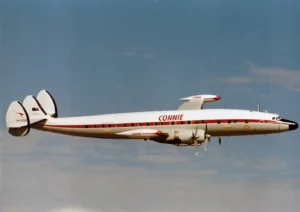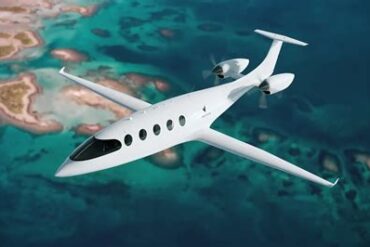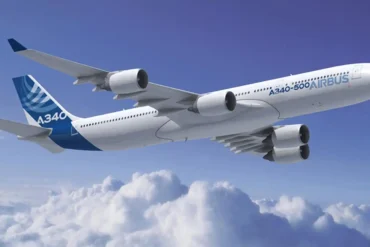Ever wondered about the whoosh of air you feel when a plane’s propeller spins? That’s prop wash! It’s the airflow created by an aircraft’s propeller, and it plays a big role in how planes perform, especially during takeoff and landing. This air movement can stir things up on the ground too, affecting nearby planes, people, and equipment.
Prop wash can do some interesting things to a plane. It might make it harder for the aircraft to lift off or control itself during takeoff or landing. It can also act like a vacuum cleaner, sucking up small objects from the ground. You wouldn’t want a pebble getting into the engine, right? That could spell trouble!
The Federal Aviation Administration (FAA) wants pilots to know all about prop wash and how to handle it safely. They’ve got some rules to follow, like “Don’t hover your plane over people or things on the ground” and “Keep a safe distance from other aircraft.” It’s all about being a good neighbor in the sky!
According to Wikipedia, prop wash is “The disrupted mass of air or water propelled backward (or forward in reverse) by the propeller of an aircraft or propeller-driven watercraft.” Imagine it like the wake behind a boat, but in the air!
Prop wash isn’t just important for pilots; it matters for airport design too. The folks at NASA have looked into this and say that when planning airports, designers need to think about prop wash. They might use special fences or barriers to redirect the airflow, kind of like how you’d use an umbrella to shield yourself from the wind.
So, there you have it! Prop wash is a big deal in the world of flying. Whether you’re a pilot, an airport planner, or just someone who loves planes, it’s good to know about this invisible but important part of aviation. Next time you’re at an airport, see if you can spot any of the ways they manage prop wash!


















